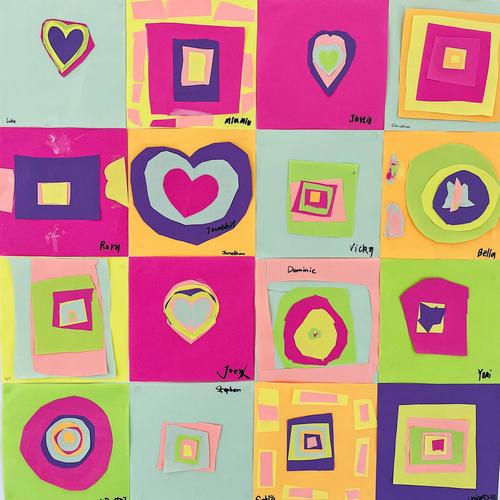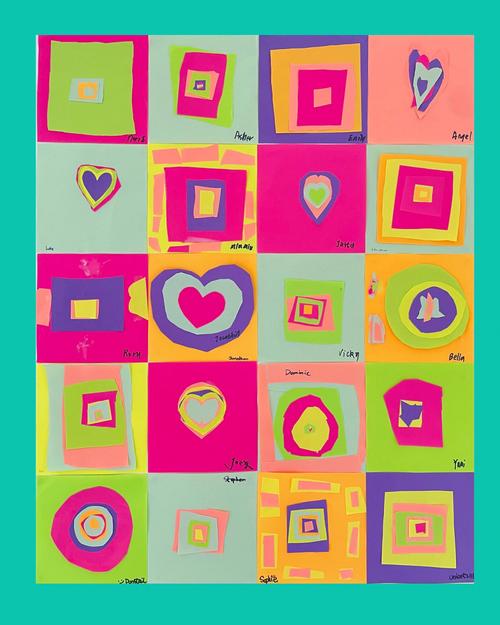
Op Art Ideas: A Multidimensional Exploration
Op art, short for optical art, is a fascinating branch of visual art that plays with the viewer’s perception. By using patterns, colors, and shapes, op artists create works that seem to move, pulse, or even change size. If you’re intrigued by the world of op art and want to delve deeper into its ideas and techniques, you’ve come to the right place. Let’s embark on a journey to explore the many dimensions of op art ideas.
Understanding Op Art
Before we dive into the ideas behind op art, it’s essential to understand what it is. Op art emerged in the 1960s as a reaction to the abstract expressionism movement. It focuses on creating an optical illusion that makes the viewer perceive the artwork in a unique way. The term “op” is derived from “optical,” highlighting the core principle of this art form.

One of the most famous op artists is Bridget Riley, known for her vibrant and intricate patterns that create a sense of movement. Another notable figure is Victor Vasarely, whose work often features geometric shapes and bold colors.
Color Theory in Op Art
Color theory plays a crucial role in op art. Artists use contrasting colors to create a sense of depth and movement. For instance, black and white are often used to create a stark contrast, making the artwork pop out. Here’s a brief overview of some color theory concepts in op art:
| Color Theory Concept | Description |
|---|---|
| Contrast | Using contrasting colors to create depth and movement. |
| Harmony | Combining colors that complement each other to create a balanced composition. |
| Temperature | Using warm or cool colors to evoke certain emotions or create a specific atmosphere. |
Pattern and Shape
Patterns and shapes are the building blocks of op art. Artists use repetitive patterns and geometric shapes to create a sense of movement and rhythm. Here are some key elements to consider when working with patterns and shapes in op art:
- Repetition: Repeating a pattern or shape creates a sense of continuity and movement.
- Scale: Varying the size of shapes or patterns can create a sense of depth and perspective.
- Orientation: Changing the orientation of shapes or patterns can disrupt the viewer’s perception.
Techniques and Materials
Op art can be created using various techniques and materials. Some artists prefer to work with traditional mediums like paint, while others experiment with digital tools. Here are some common techniques and materials used in op art:

- Paint: Oil, acrylic, and watercolor are popular choices for creating op art.
- Printmaking: Techniques like screen printing and etching can be used to create intricate patterns.
- Digital Art: Software like Adobe Photoshop and Illustrator can be used to create complex op art compositions.
Op Art in Different Cultures
Op art is not limited to a specific culture or region. Artists from around the world have contributed to the development and evolution of this art form. Here’s a brief overview of op art in different cultures:
- Europe: Op art originated in Europe, particularly in the United Kingdom and France. Artists like Bridget Riley and Victor Vasarely were among the pioneers.
- United States: American artists like Richard Anuszkiewicz and Julian Stanczak also made significant contributions to the op art movement.
- Asia: Op art has gained popularity in Asia, with artists like Lee Ufan and Yayoi Kusama incorporating elements of op art into their work.
Op Art in Modern Art
Op art has influenced various modern art movements and continues to inspire contemporary artists. Here are some notable examples:
- Minimalism: Op art’s focus on simplicity and repetition has influenced minimalist artists like Donald Judd and Dan Fl


